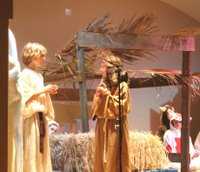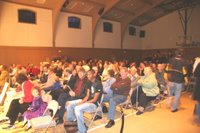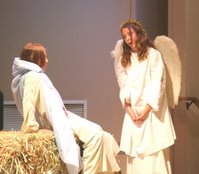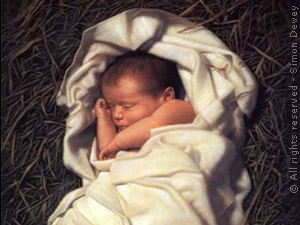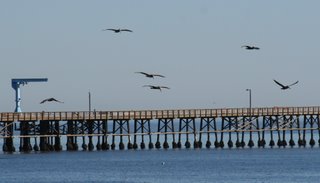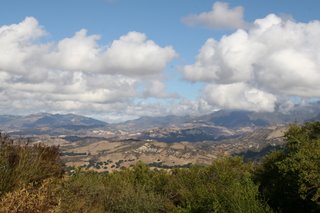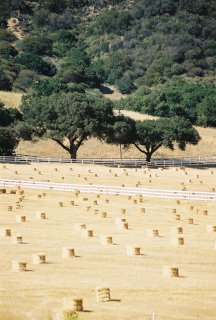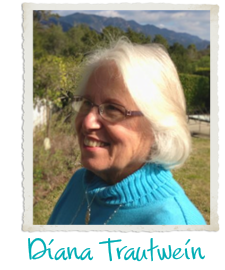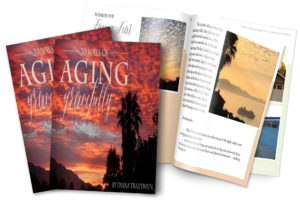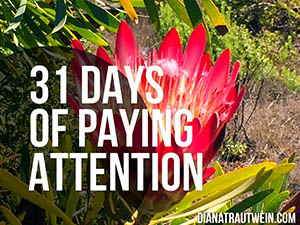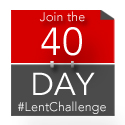 Maybe Mark Twain was right. The full quotation concludes with these words: “Naked people have little or no influence on society.” A generalization, to be sure, but perhaps an apt one? This quote was discovered when throwing out the wide inter-net for some research on clothing and the Bible. In the process, I found a couple of very interesting sites, including one for Christian nudists. Who knew??
Maybe Mark Twain was right. The full quotation concludes with these words: “Naked people have little or no influence on society.” A generalization, to be sure, but perhaps an apt one? This quote was discovered when throwing out the wide inter-net for some research on clothing and the Bible. In the process, I found a couple of very interesting sites, including one for Christian nudists. Who knew??
The reason for this sudden interest in all things sartorial? I am this week’s preacher and our text for Sunday is Isaiah 61, where in verse 3 and then again in verse 10, the prophet waxes rhapsodic about the new clothes God provides his beloved children.
“to bestow on them a crown of beauty
instead of ashes,
the oil of joy
instead of mourning,
and a garment of praise
instead of a spirit of despair.”
“For he has clothed me with garments of salvation
and arrayed me in a robe of his righteousness,
as a bridegroom adorns his head like a priest,
and as a bride adorns herself with her jewels.“
What is it about new clothes? Most especially really beautiful, very dressy or highly symbolic new clothes? I asked our staff for their memories of clothing items that had struck a particularly strong emotional chord in them. Answers ranged from logo-laden t-shirts given for successfully managing a difficult training session, to a liturgical stole, beautifully imprinted by a loving partner, to a wedding dress or an academic hood which each signalled a change in identity and purpose for the wearer. It seems that clothing carries some pretty heavy emotional and psychological freight.
And perhaps it has always been so. Adam and Eve instinctively covered themselves with hastily stitched together greenery once they had availed themselves of the forbidden fruit. God helped them do a better job of it by providing animal skins for warmth and protection in the world outside the garden which was now theirs to inhabit. Jacob gave his favored child a special coat, which coupled with his own rather innocent air of braggadocio, got him in a heckuva lot of trouble; that same son grew up to be the Grand Vizier of the Egyptian empire and was so well hidden behind that office’s clothing and paraphernalia that his own family did not know him. The levitical code outlined in great detail the attire to be worn by the priests when on duty in the tabernacle. The giving of his cloak by the prophet Elijah was part of ‘passing the torch’ to his successor, Elisha. King David danced before the ark wearing only his loincloth which horrified and shamed his wife. King Solomon “in all of his glory” was richly robed and adorned. Angelic messengers are consistently described as being garbed in white, often a dazzling white. Our Lord had an outer garment which was seamless and triggered the interest of the Roman guards at his deathsite. The apostle Paul uses the imagery of being clothed with Christ, or with the new person in Christ, in at least 3 of his epistles. The company of the redeemed as described in John’s vision of heaven are all dressed in white robes. All of which leads to the inevitable conclusion that clothing (or the lack of it) does signify important truths in the pages of scripture.
So, as I pull my clothes on today, am I also aware of the garment of righteousness, of salvation, of praise that is mine to wear every day? Is it visible – to me and to others? Which set of clothes makes the woman? Does the symbolic set influence the physical set in any way?





